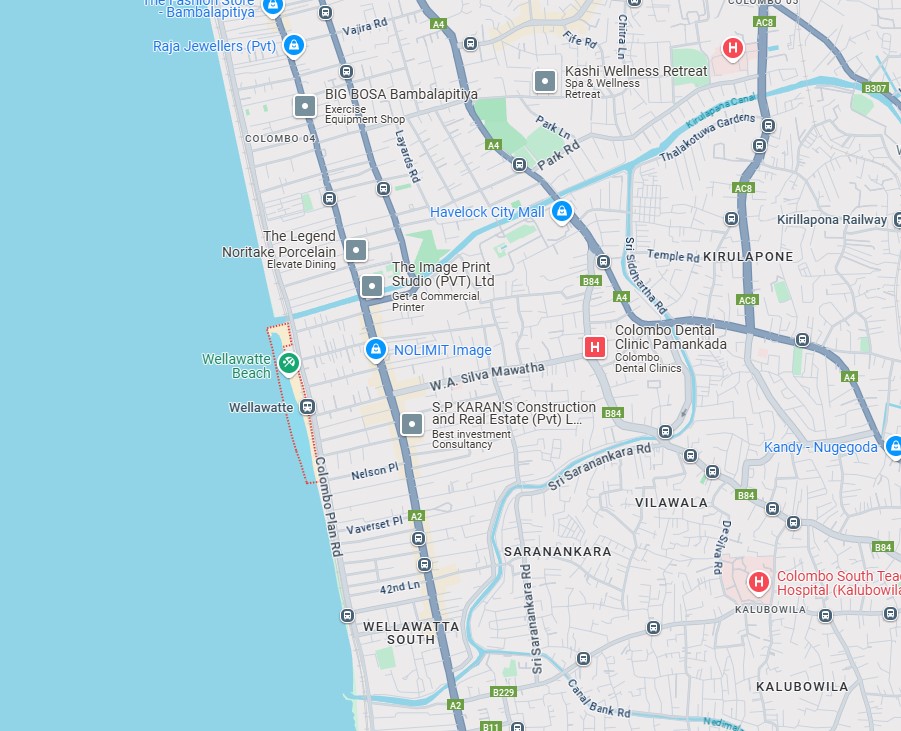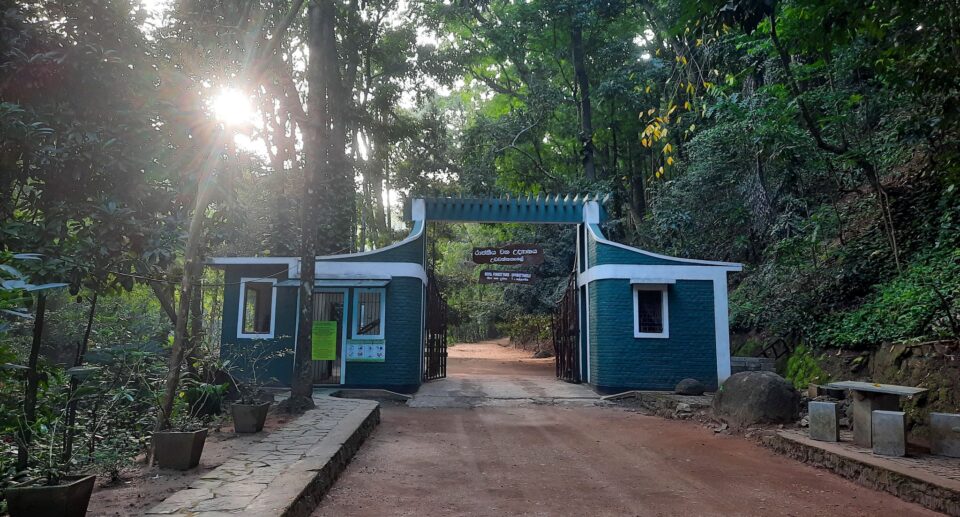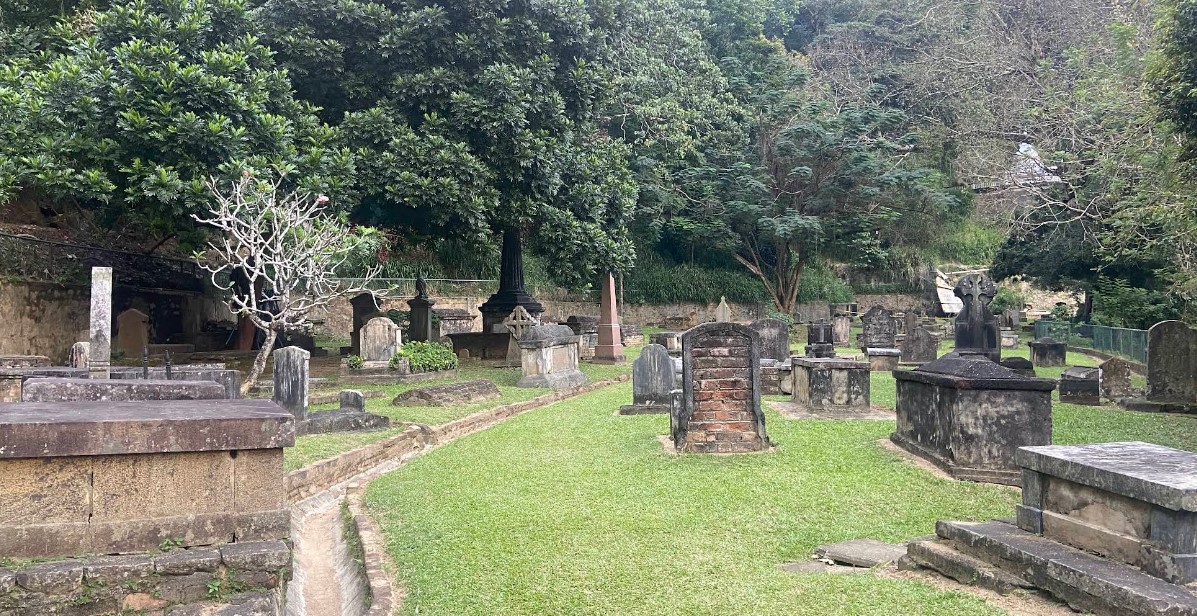Wellawatte Beach: Colombo’s Hidden Coastal Haven
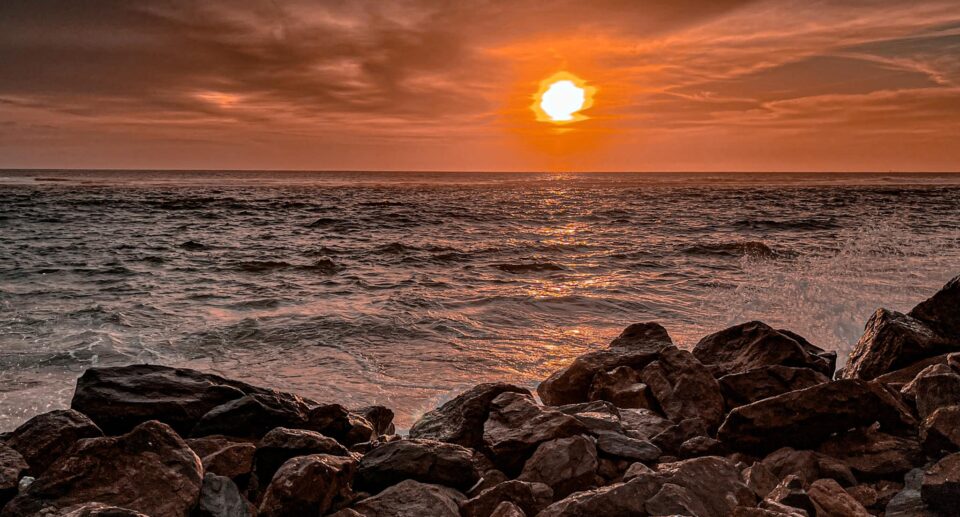
A Coastal Oasis in the Heart of Colombo
Sri Lanka, commonly referred to as the “Pearl of the Indian Ocean,” is renowned around the globe for its stunning beaches and tropical climate. Among all of the numerous sea resort places that are scattered along its coast, Wellawatta Beach stands out as a combination of peacefulness, urban life, and native culture. Wellawatta Beach, located on the southern suburbs of Colombo, is not only a holiday destination for the relaxed-minded but also a symbol of everyday Sri Lankan life. While being less commercialized than tourist-oriented spots like Unawatuna or Bentota, Wellawatta Beach has won the hearts of locals and alternative tourists in due course. The essay that follows outlines the geography, history, social and cultural significance, environmental problem, and the future of Wellawatta Beach.
Geography and Location
Wellawatta Beach is located on the west coast of Sri Lanka in the suburb of Wellawatta, Sri Lanka’s commercial capital. It runs parallel to Marine Drive, an important coastal highway linking Colombo to the island’s southern cities. The beach is readily accessible by public transport, namely buses, tuk-tuks, and trains owing to the Wellawatta Railway Station that is just a few minutes’ walk away. The beach runs along the edge of the Indian Ocean, and the proximity of the location makes it a quick getaway for city people looking to escape urban mayhem.
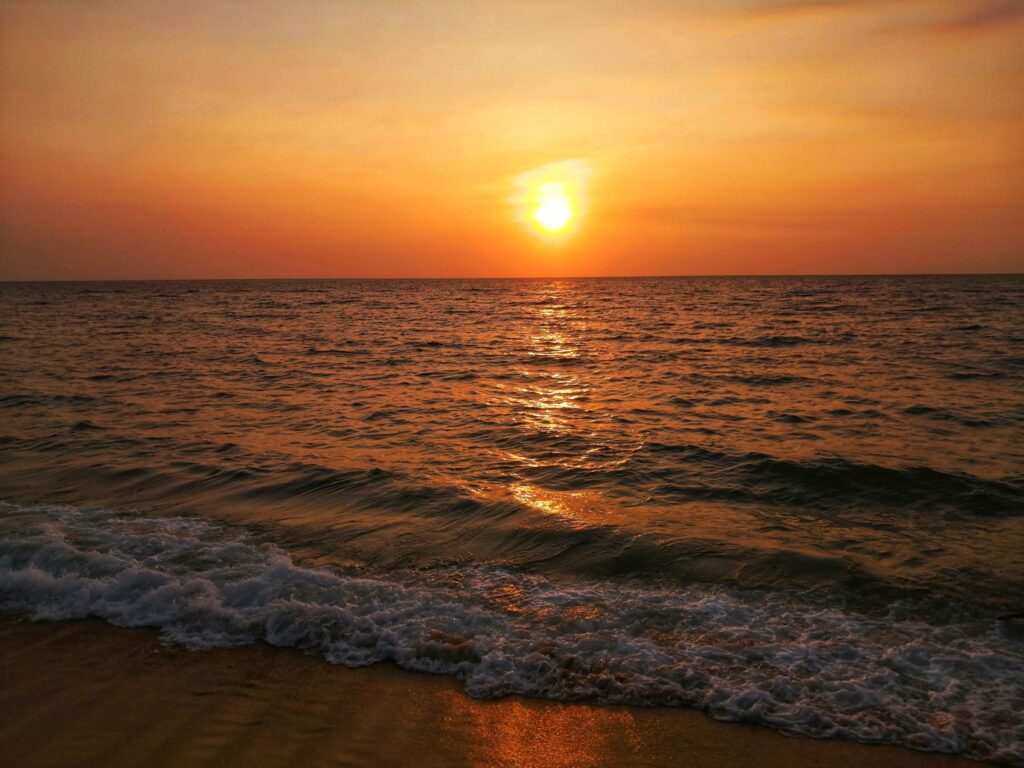
In contrast to rural beaches, Wellawatta Beach is surrounded by urbanization high-rises, apartments, and eateries, with a resultant city-nature atmosphere. Its closeness to Colombo makes it a favorite of residents as well as commuters who flock here to unwind after a long day.
Historical Background
The etymology of the name “Wellawatta” comes from the Sinhalese words wella (sand) and watta (garden), meaning literally “sandy garden.” Under the colonial era, the land was dominated by European-owned coconut estates and plantations. Under post-independence urbanization, Wellawatta had turned into a densely populated, multicultural suburb filled with Sinhalese, Tamils, Muslims, and Burghers. The beach, a remote section of coastline, over time transformed into an animated public space that families, couples, vendors, and tourists visit.
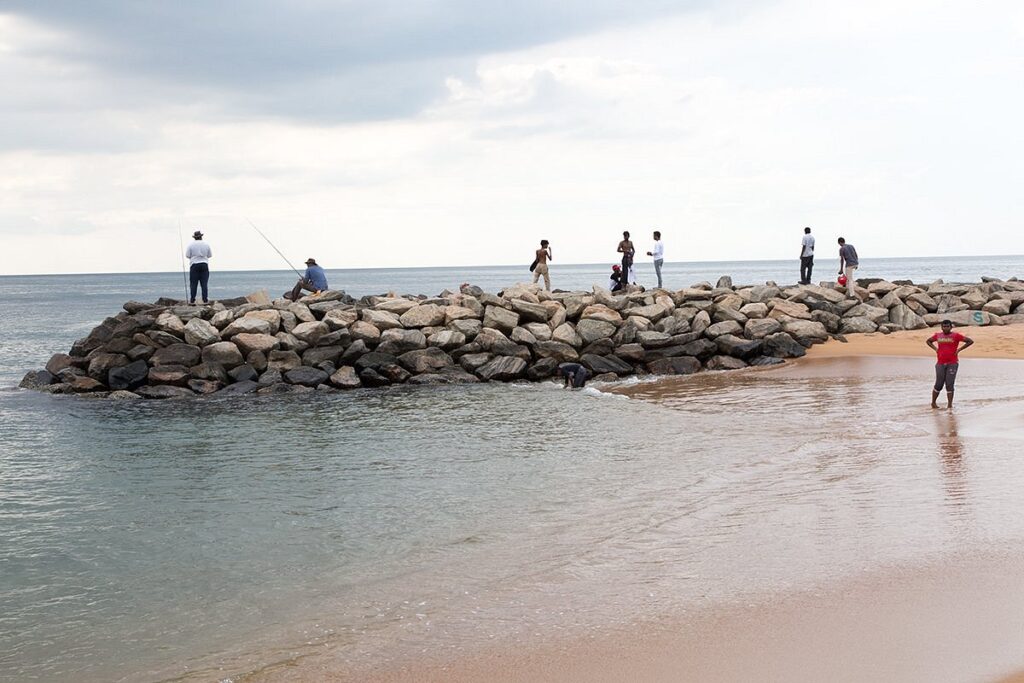
While less marketed in tourist brochures, Wellawatta Beach has been part of the socio-cultural fabric of Colombo as a convergence space for religious festivities, morning exercise, spontaneous sport, and fishing.
Natural Beauty and Activities
Among the primary features of Wellawatta Beach is its natural beauty. The golden beach runs long and broad along the shore, broken from time to time by clusters of rocks that are stunning photo stops and resting spots. The beach is very clean when contrasted with industrial coastal strips and offers a peaceful spot for a walk, meditation, or even a sunset view.
The sea here is usually calm in the dry season, though some sections can be choppy, and caution must be exercised by swimmers. Beach activities are as follows:
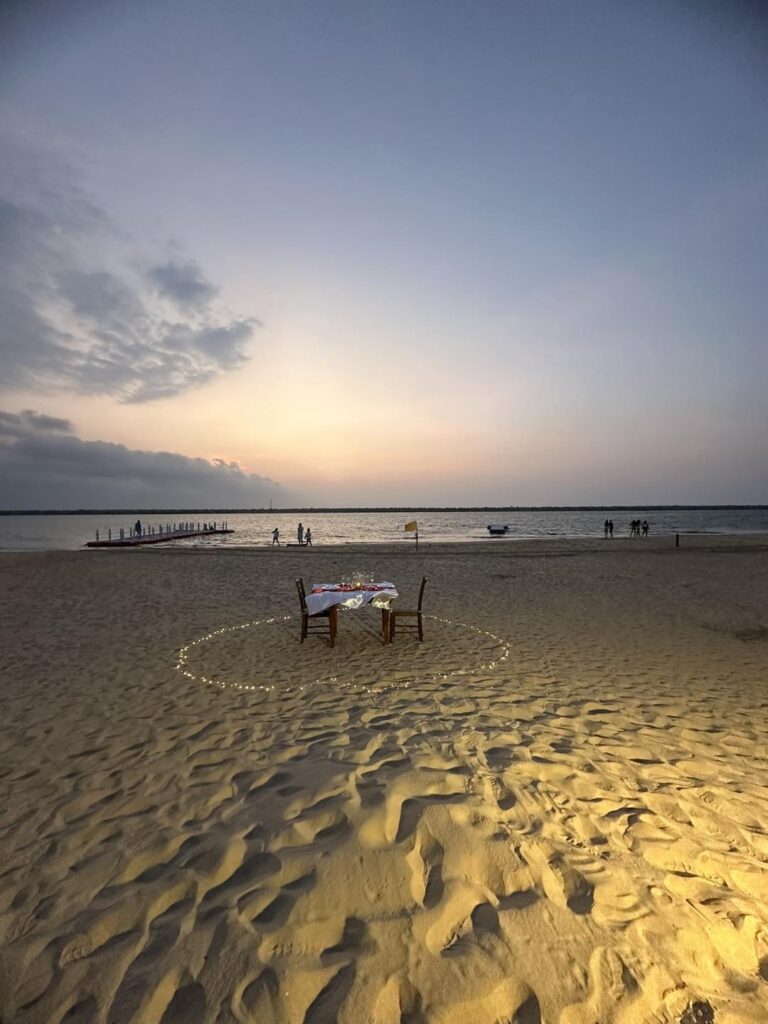
Jogging and night walks: The tarmacked trails and the long beach offer it to be the best place for exercise.
Fishing: Local fishermen tend to cast their nets in the morning or evening, giving an insight into historic ways of livelihood.
Photography: With palm trees, waves, and the occasional whizzing train, it’s a favorite among amateur photographers.
Sand play and kite flying: Children can be seen flying kites or playing beach games, primarily on weekends.
Street food stalls: Ice cream, peanut, fried snack, and local food vendors enhance the festive atmosphere of the beach.
Cultural and Social Significance
Wellawatta Beach is a melting pot of society. It is not out of the ordinary for individuals of all ethnicity to occupy the same space in harmony Muslim families picnicking against the sunset, Tamil young people playing cricket, Sinhalese elderly people doing tai chi, and foreign tourists eating local street food. The beach is not only a leisure area but also a cultural meeting ground.
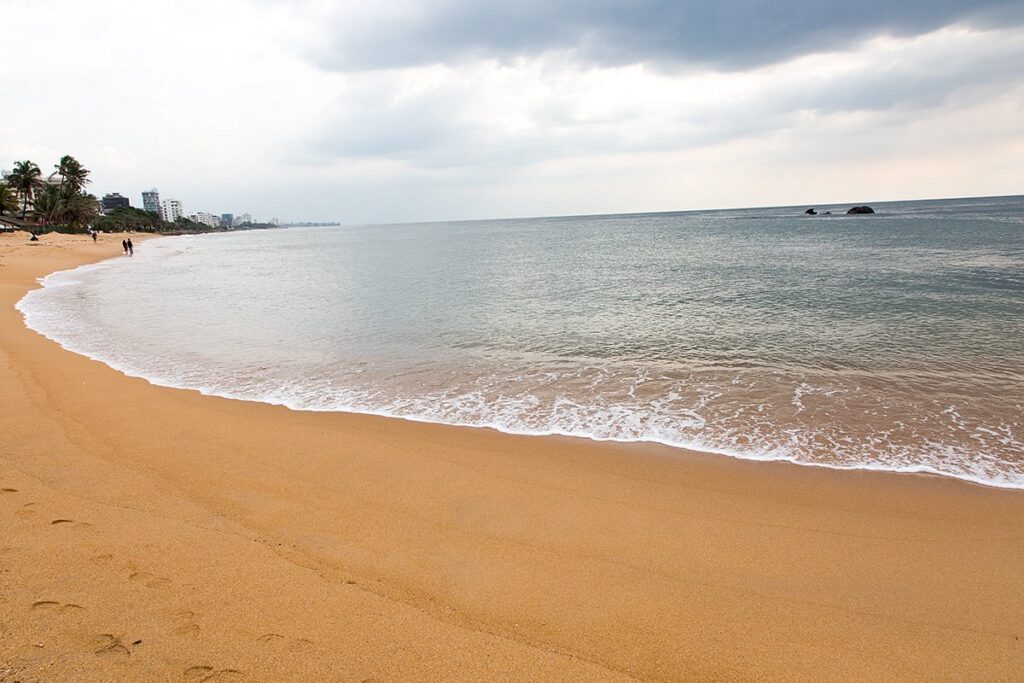
It also accommodates religious celebrations such as Hindu temple festivals, Buddhist full moon day (Poya) meditations, and Christian processions. The blending of spiritual and material life here is a reflection of Sri Lanka’s pluralism.
Over the past decade, yoga groups and wellness professionals have started conducting early morning sessions on the beach, which has given it a new use. The site holds a different meaning to everyone—peace, play, community, or solitude.
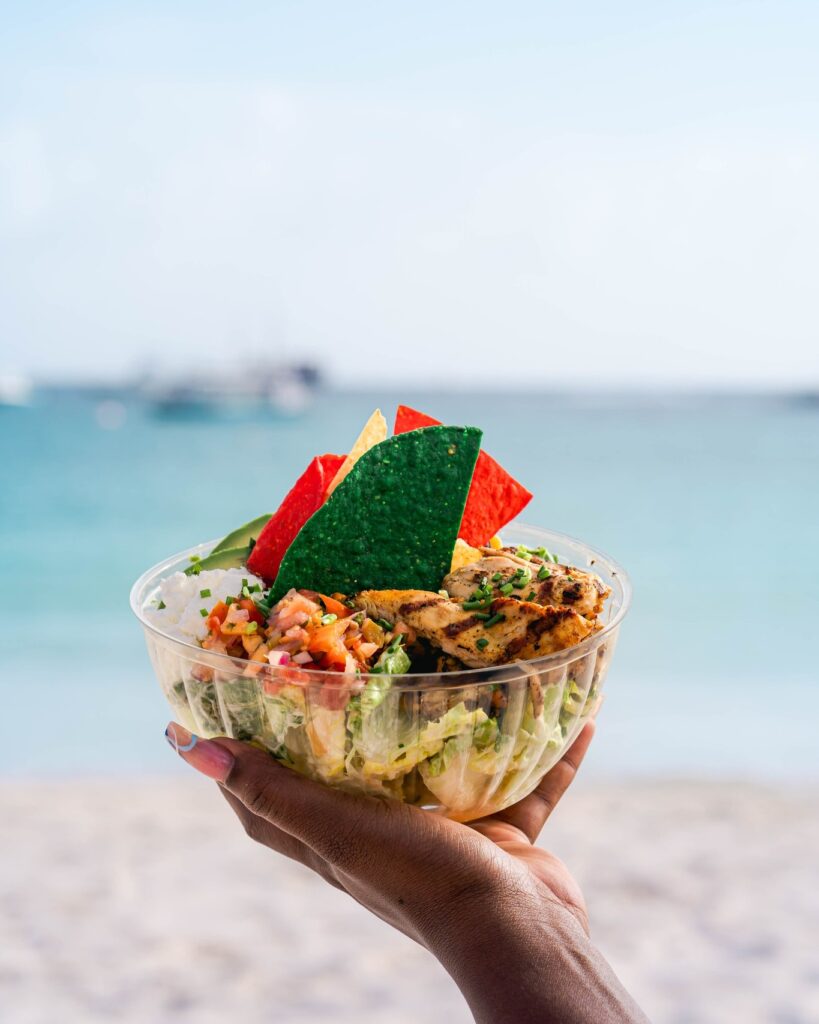
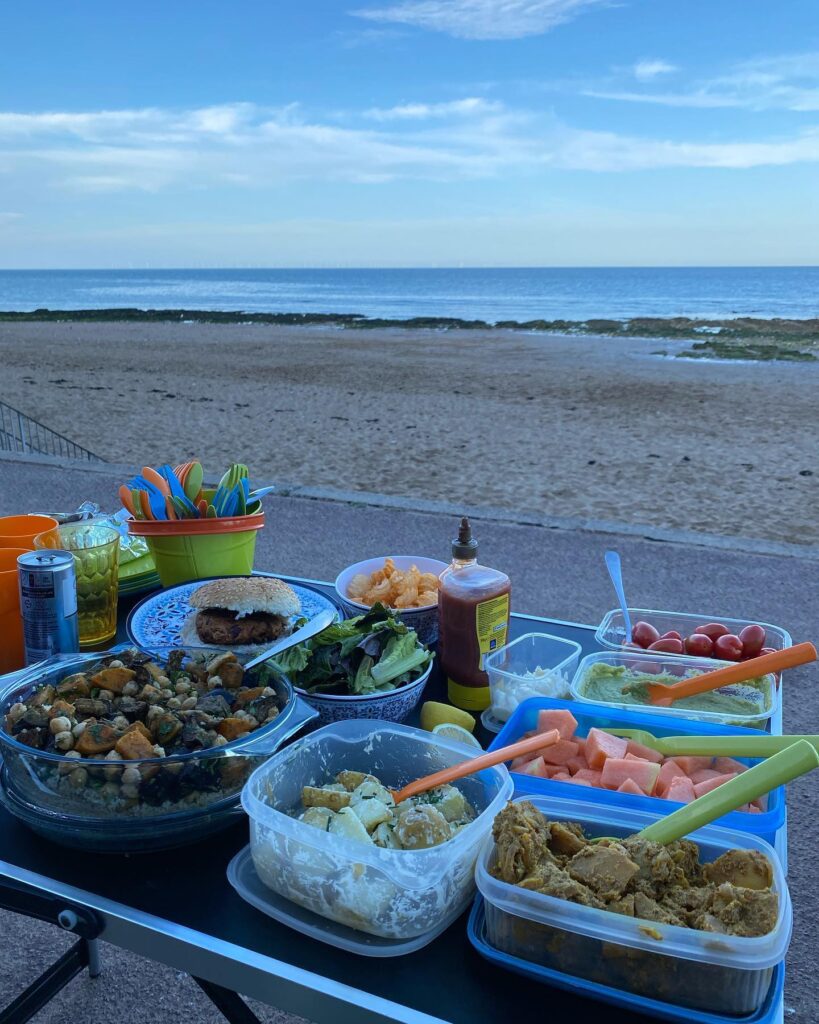
Local Economy and Infrastructure
Wellawatta Beach contributes moderately to the local economy of the nation, particularly in unofficial sectors. Small businesses thrive in the area street food vendors, photographers with instant images, ice cream vendors, and toy vendors all take advantage of beachgoers. Weekends and holidays experience the beach’s high surge of visitor numbers, enhancing business for nearby cafes, restaurants, and convenience stores.
Infrastructural wise, over the years the beach has developed. There is now lighting around some streets, benches, receptacles for wastes, and emergency shelters installed. Even then, the amenities including sanitary public washrooms, bath facilities, as well as appropriate car park points, are all insufficient. Funding to support improvements in the infrastructural components for the beach’s optimum achievement remains important.
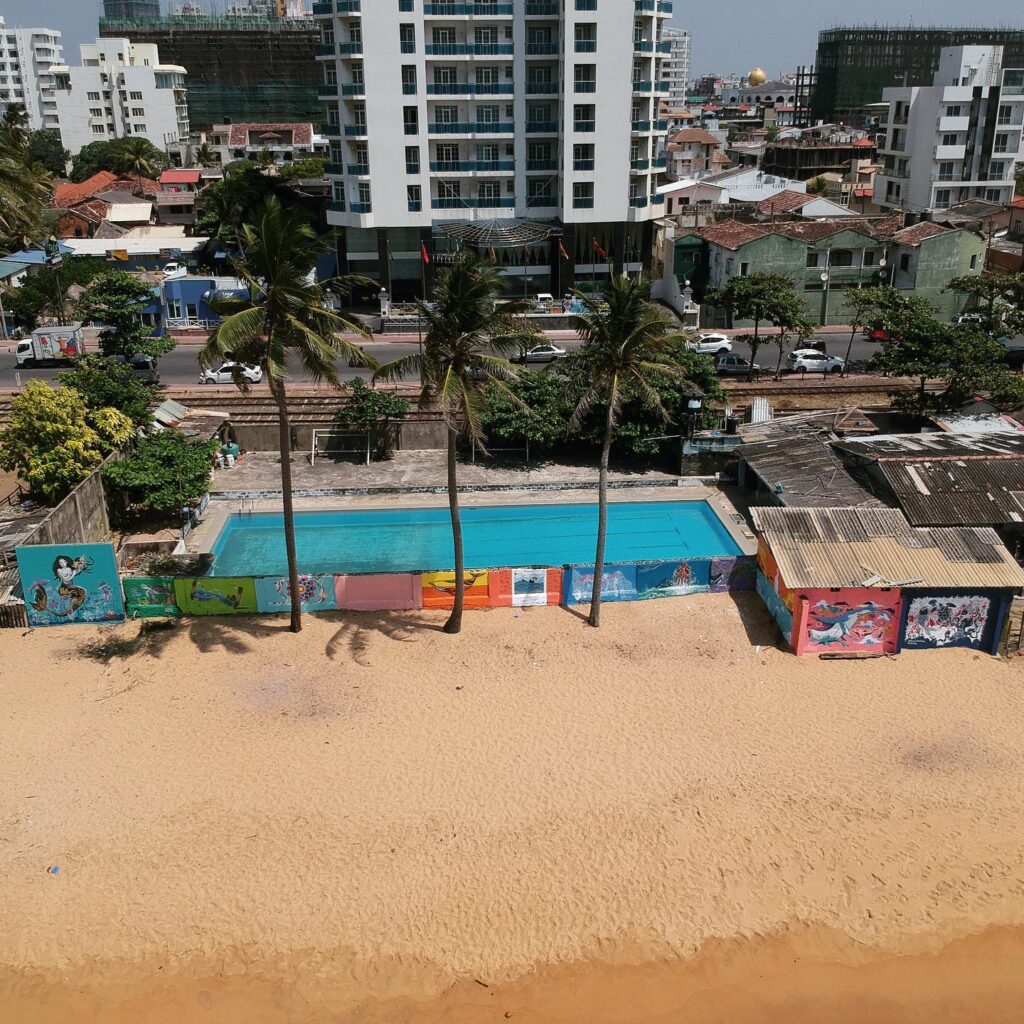
Environmental Concerns
Although the beach is replete with beauty and utility, it is not without environmental issues. Littering remains a major concern, particularly during national holidays when large numbers of people come to the beach. Plastic bottles, packaging, and other detritus do not break down and are often washed into the sea and kill sea animals.
Another area of concern is coastal erosion, fueled by the rise in sea levels and uncontrolled development along the coast. Seawalls and structures made of concrete have interfered with the natural flow of sand and waves, causing the narrowing of beaches in some areas.

Community-organized beach cleanups and public awareness campaigns have begun to yield positive outcomes, but enforcement of tighter policies and education are required to make sustainable conservation a reality.
Future Prospects and Sustainable Tourism
The future of Wellawatta Beach is towards development and environmental sustainability. With growing eco-tourism and local travel, Wellawatta Beach can be promoted as a community-based tourist site, with genuine urban Sri Lankan living rather than resort tourism.
Urban planners and nature lovers have recommended: Dedicated spaces for recreation, fishing, and conservation. Severe restrictions on littering and pollution. Toilets and shades as part of the facilities to boost tourist traffic. Flea fairs or managed markets to support local food vendors and artisans.
Taken seriously, these actions have the potential to turn Wellawatta Beach into Sri Lanka’s model beach for urban management.
Wellawatta Beach is more than a strip of sand along the beach it is a living, breathing part of Colombo’s urban landscape. With its rich cultural fabric, strategic location, and tranquil environment, it offers a serene setting for recreation, socialization, and relaxation. Despite being faced with problems like pollution and poor infrastructure, it remains a favourite retreat for thousands of people who throng it daily. With planned management, people’s involvement, and environmentally sound development, Wellawatta Beach can also be a coastal paradise in the years to come.
Map of Wellawatta Beach
